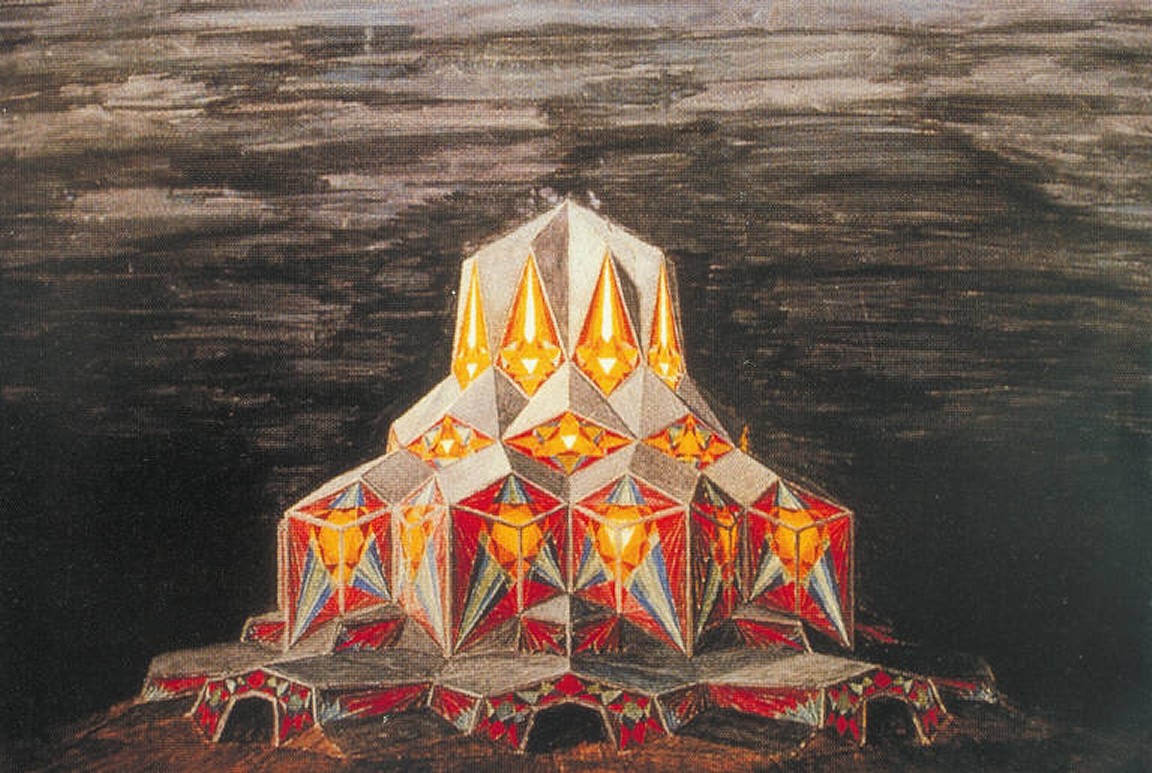Paul Scheerbart (1863-1915) was a German writer of the turn of the nineteenth century; today we would call him a sci-fi author. In 1914 he wrote a novel with the unwieldily title The Grey Cloth and Ten Percent of White. The protagonist is an architect, more specifically a “glass architect,” and Scheerbart dedicated the book to Bruno Taut, a Berlin architect who promoted the idea of revolutionary all-glass buildings. Glasarchitektur (the title of another Scheerbart book) was an avant-garde obsession; Taut imagined “glowing crystal houses and floating, ever-changing glass ornaments.” When I look out my window I can see his crystal city come to life. It is certainly glowing, especially on a sunny day. Ever-changing? Well sort of. What is missing is the color and jewel-like qualities of Taut’s rather beautiful sketches. And the mute glass boxes undermine traditional architectural qualities such as mass and shadow, structure and weight, but I suppose that was the whole point of glasarchitektur.
Image: “The City Crown,” Bruno Taut, 1919.


